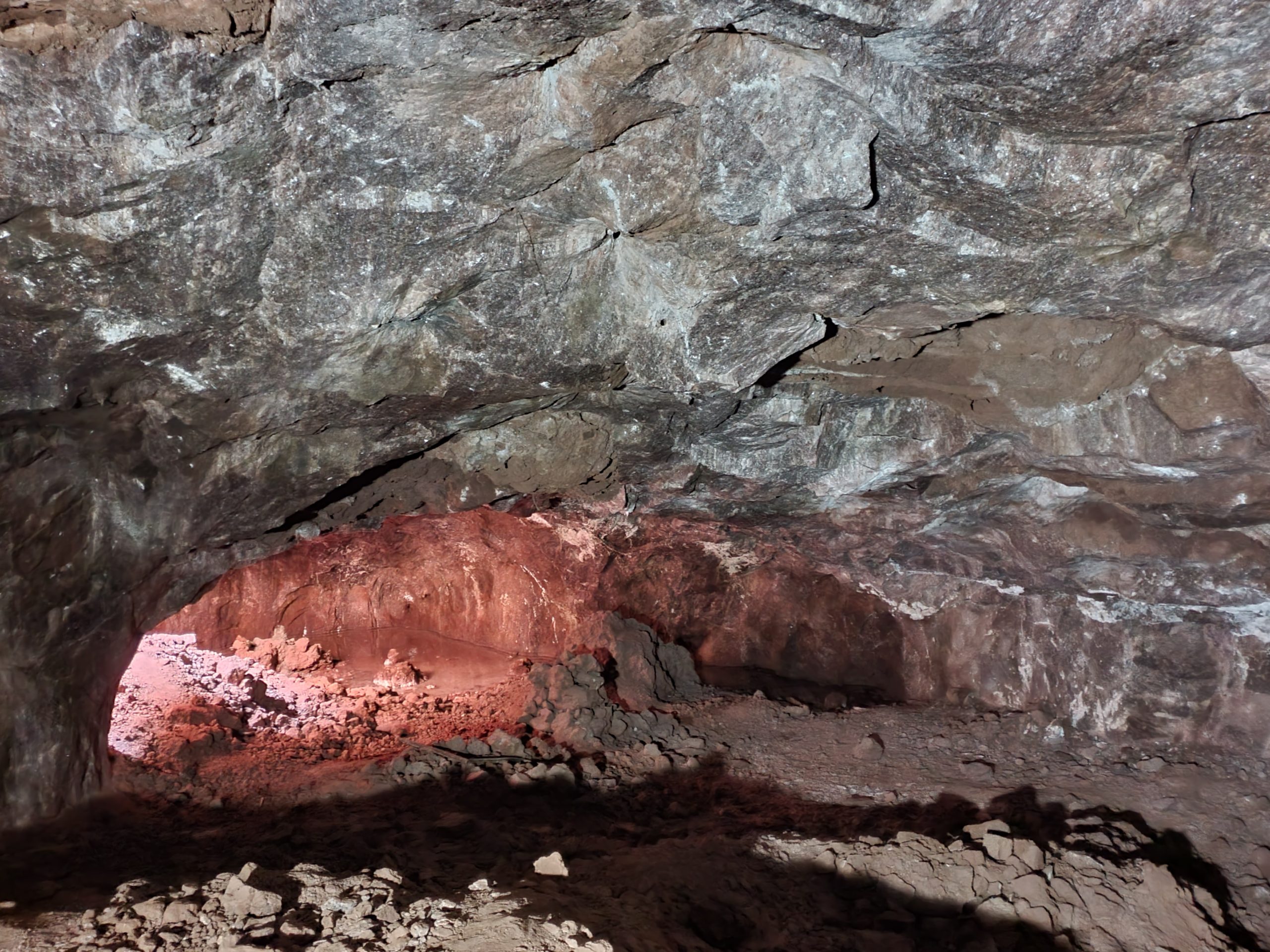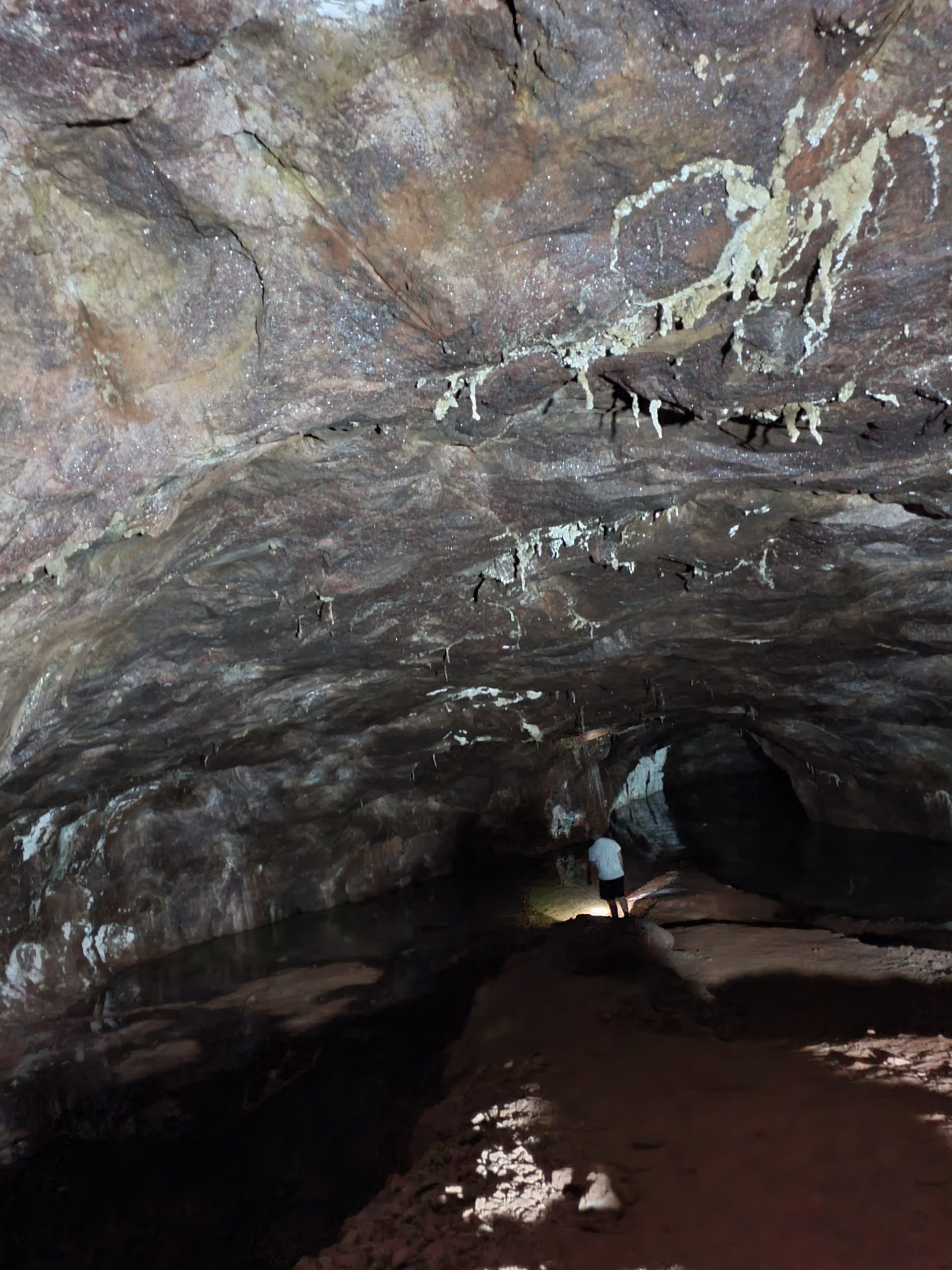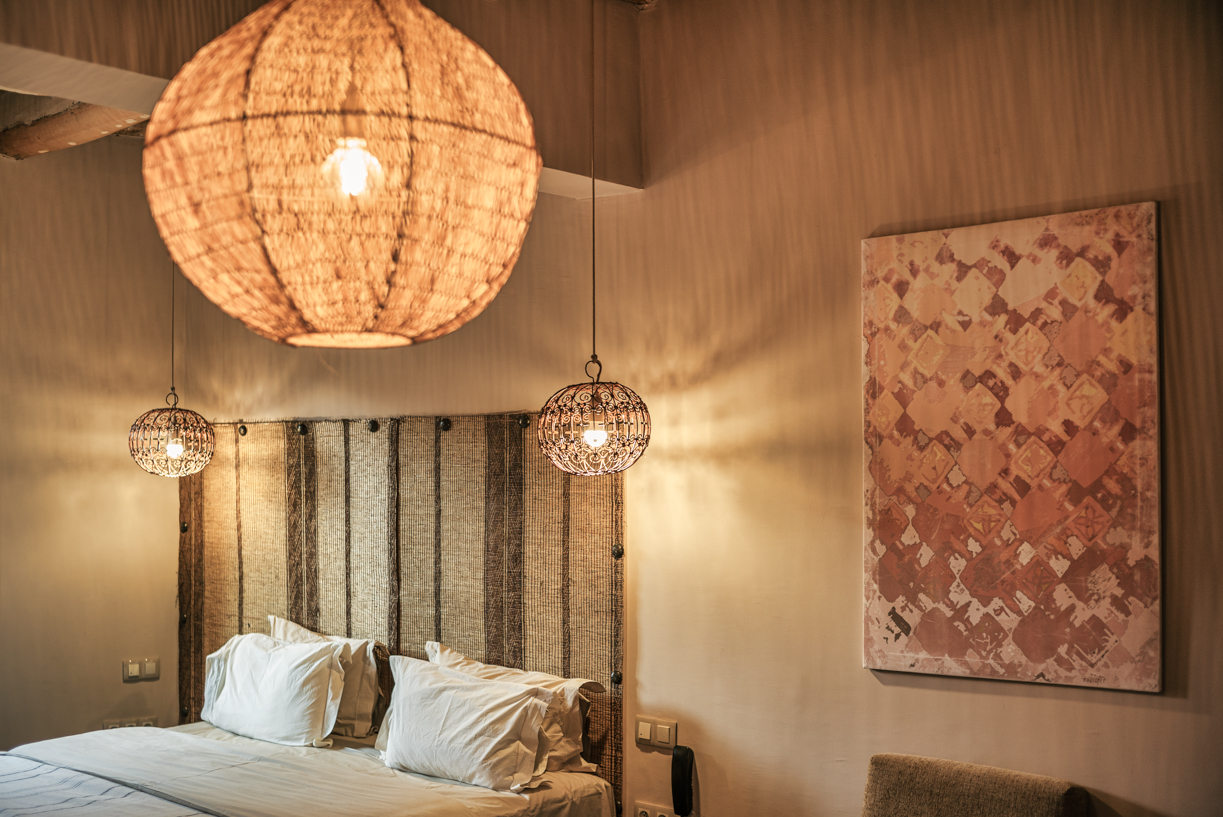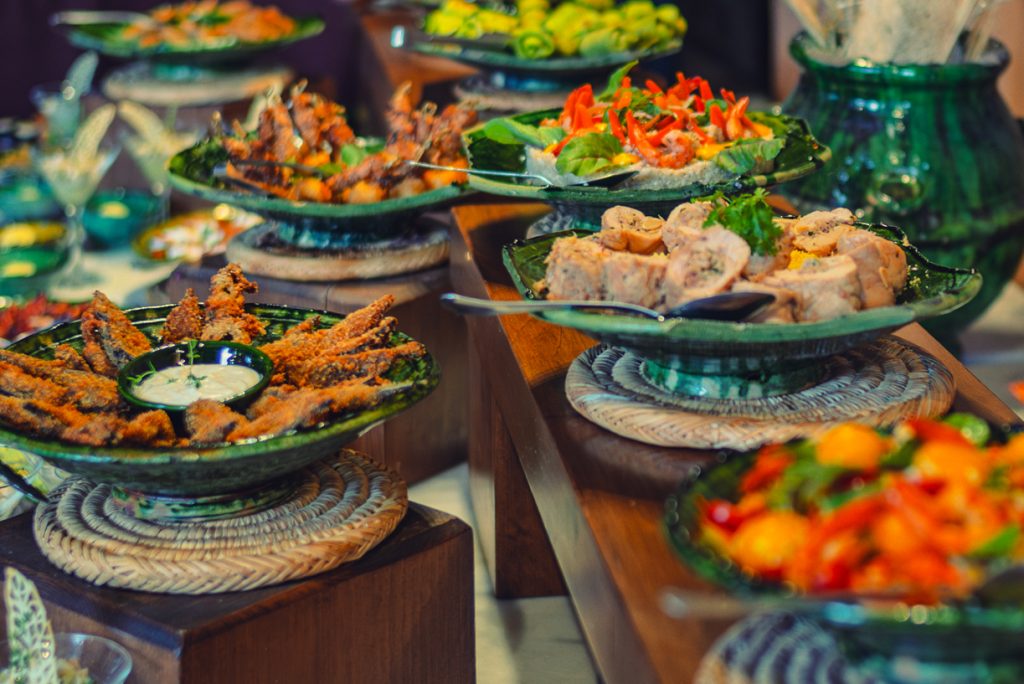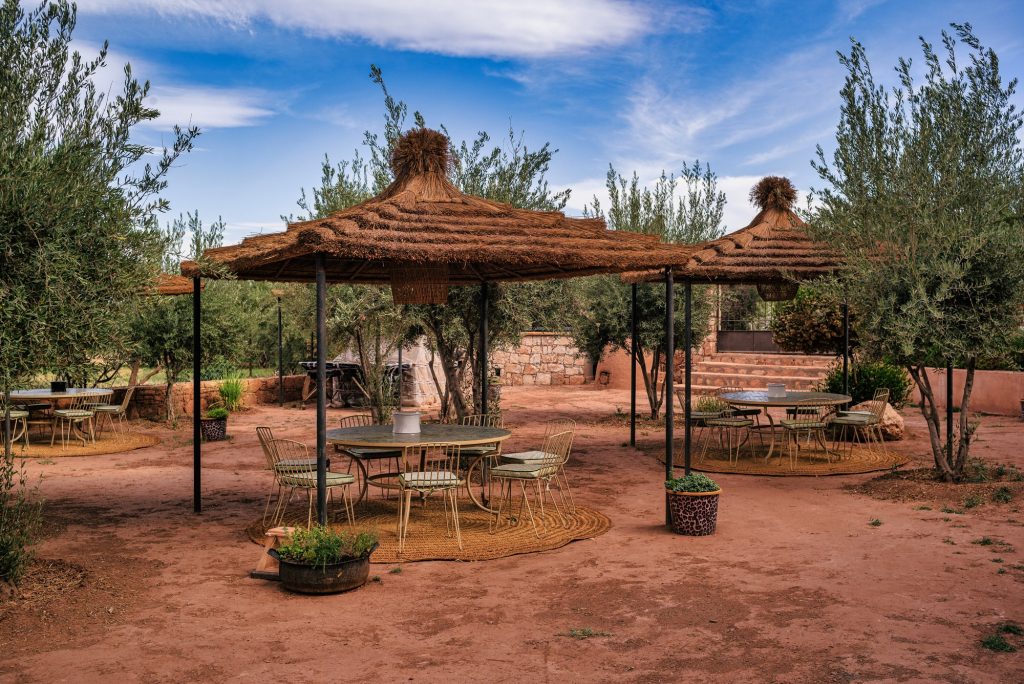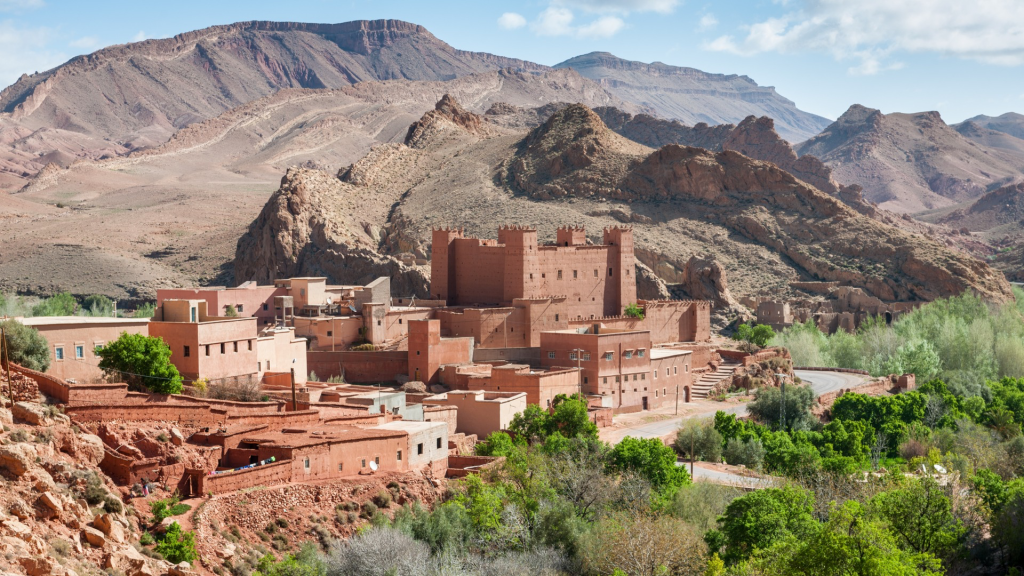A few kilometres from Ksar Ighnda, you can visit a salt mine that is still in operation. You will enter the bowels of the mountain to discover an astonishing spectacle where the salt crystals seem to flow along the walls and ceilings in the galleries that are lost in the darkness.
For centuries, Télouet, the stronghold of the Glaoua tribe, was the obligatory crossing point for caravans linking Marrakech to Ouarzazate and the sub-Saharan regions. Successive Glaoua lords made considerable profits by imposing a right of passage on goods.
At once a fortress, a castle and a caravanserai, the kasbah of Télouet dominates the Oued Imaren and the surrounding hamlets. El Hadj Thami Glaoui, then pasha of Marrakech, added a luxurious palace during the first half of the 20th century.
Along the old camel caravan route from Ouarzazate to Marrakech - the well-trodden path of which still marks the terrain - lie the salt-rich mines of Telouet. The Jews of the region were granted the concession to run the mines and the salt trade by a pasha (local leader) named Tahami, in recognition of their success in boosting the local economy through their involvement in the trade of grain, almonds, dates and other essential goods.
The region's pink-coloured salt was prized for its medicinal properties, commonly known as "living salt", and was once capable of being sold at the weight of gold or ivory.
